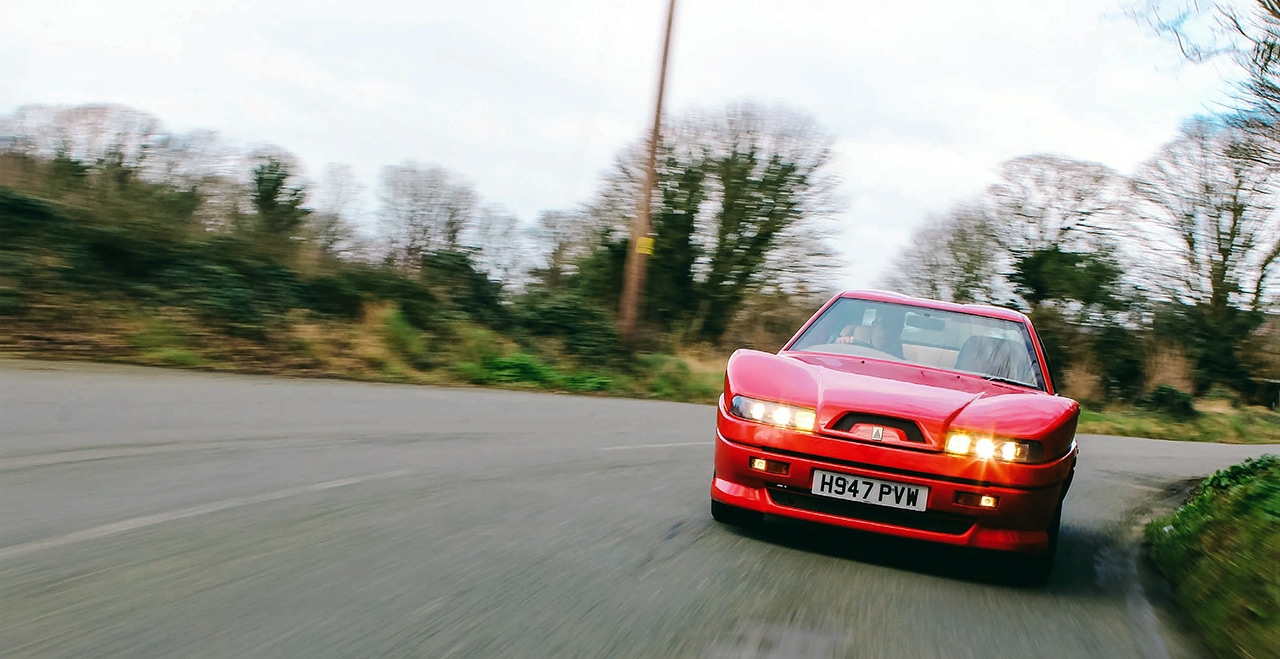
Shock and AWE. Zagato’s crazy diamond: behind the wheel of the extreme Autech Stelvio. Autech’s stunning Stelvio. This forgotten coupé blends Zagato styling with Japanese engineering. With its extreme styling and twin-turbo V6, the Autech Stelvio is no shrinking violet. Richard Heseltine braves this Italian-Japanese hybrid. Photography Lyndon McNeil.
Words run through your head and out of your mouth without fear of the consequences. And by ‘words’ read ‘expletives’. Each is delivered unfiltered and in upper case.
First sight of the Nissan Autech Stelvio has that effect. You cannot help but stare in disbelief, the ‘fun-house of mirrors’ outline representing a new territory of aesthetic adventure. There really is nothing else quite like it, that’s for sure. Thank heavens. Thank someone. But while it may make few concessions to grace or beauty, this remarkable machine has many other qualities, not least its ability to cover ground very quickly and in great comfort.
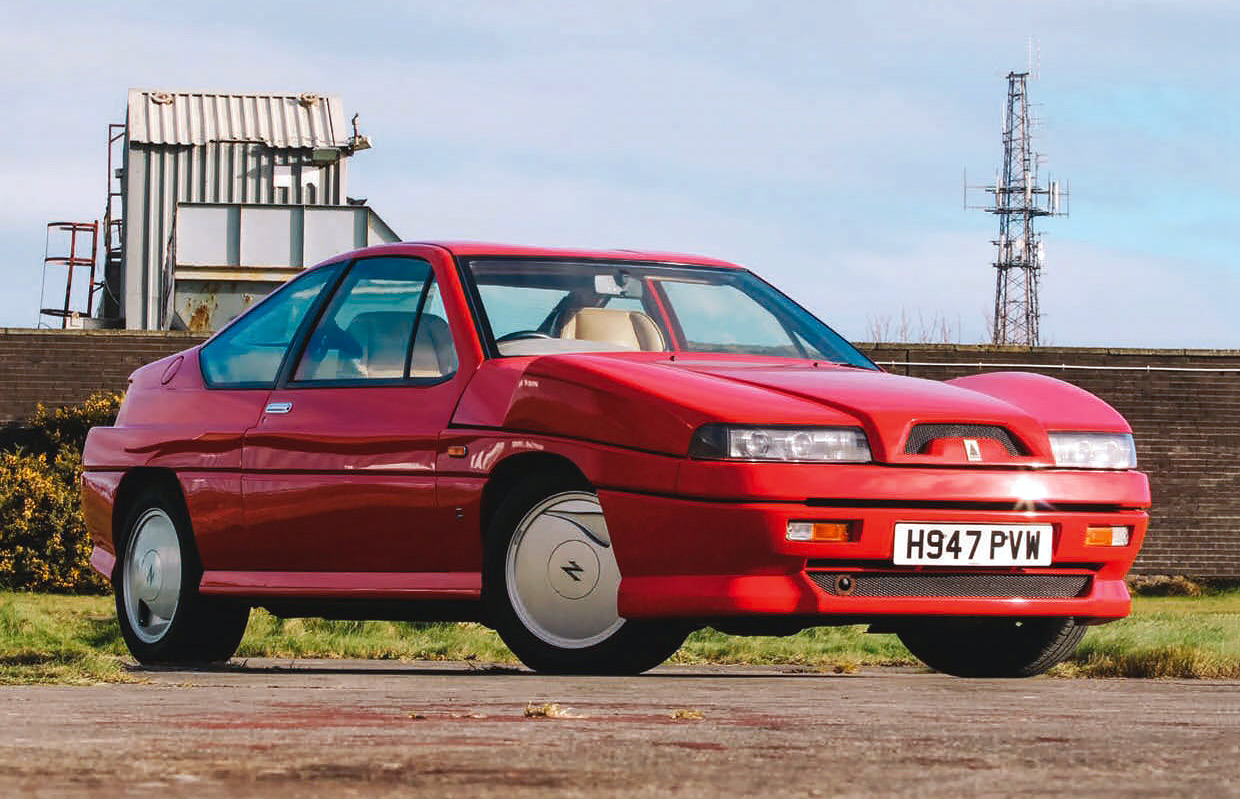
This was, after all, a super-exclusive GT that in period cost twice as much as a Honda NSX-R. What’s more, some 104 were made from 1989-’1991. It hasn’t lost the power to shock, but then that is to be expected given the styling house that was responsible for shaping it. Somehow, it could only be the work of Zagato, a firm that has never knowingly followed the herd. Think of it as Japan’s answer to the Alfa Romeo ES30 SZ and you would be halfway there.
There are parallels. Scroll back to the late ’80s and this most characterful of coachbuilders was at a low ebb. Its association with Aston Martin was coming to an end, if only for the time being, and it was also about to lose the contract to build Maserati Biturbo convertibles as production shifted to the old Innocenti factory. Zagato needed fresh business, and fast. It subsequently secured the deal to manufacturer the SZ, the design of which originated within Fiat Centro Stile. Near concurrently, and with less fanfare, it negotiated a deal with Nissan’s Autech subsidiary to style and construct a new small-series coupé that would be sold exclusively in Japan.
Founded in 1986, Autech’s stock-in-trade has long been performance upgrades and bodykits for production Nissans. The firm’s first CEO, Shinichiro Sakurai, had loftier ambitions, though. The car featured here was meant to be the first in a series of Italo-Japanese products.
Codenamed AZ1, the basis for this brave new world was the F31 Nissan Leopard (marketed in the USA as the Infiniti M30). That car shared much of its architecture with the legendary Skyline GT-R, boasting an identical wheelbase and track to the R31 model.
The Stelvio’s silhouette was clearly influenced by the then-current Aston V8 Zagato, not least the roofline, which incorporated the firm’s signature ‘double bubble’ styling treatment. So far, so predictable, but what really set the Stelvio apart from other exotica were the grotesque appendages integrated into the bonnet. Japanese cars, at least those sold on the home market, in the main had mirrors sited on their front wings (as opposed to the doors), but in this particular instance they appeared preposterously large; tumorous even. Not that Zagato was to blame, mind. They were there at the insistence of Itirou Makato, who had replaced Sakurai as Autech principal during the prototype stage.

Clockwise, from above: Stelvio comes alive once the twin turbochargers kick in; the four-speed automatic ’box just about copes with the car’s manic nature; 3-litre V6 is likely to offer more than the 290bhp that was stated at the time; alloy wheels were designed specially for the Stelvio. Clockwise, from above: styling is like something out of Transformers, with big flares housing the wing mirrors; dummy rear duct; badge highlights the link-up between Italy and Japan; interior was taken from Nissan Leopard, but here it’s trimmed in leather and features a bespoke Zagato wheel.
The car was clothed in an aluminium body, with the exception of the carbonfibre clamshell bonnet, while the engine bay was crammed full of twin-turbocharged, 2960cc V6 that offered a useful power hike relative to the Leopard donor car (290bhp at 6000rpm rather than 255bhp). Just to emphasise the Stelvio’s intended role as a luxury gran turismo, power was transmitted to the rear wheels via a four-speed automatic gearbox, complete with overdrive.
Inside, it was similarly a blend of old-world appeal and new-world technology, timber and leather being complemented by electric everything and the highest of hi-tech sound systems: a Bose radio/cassette player and a Sony CD player.
Initial plans called for the manufacture of 203 cars, which seems rather an arbitrary figure. Regardless, Zagato managed barely half that.
In 1991, Autech followed through with its second model to be named after an Italian mountain pass, the Gavia being, in essence, the Stelvio minus the ridiculous mirrors, but it found even fewer homes. About 16 were made up to 1993. Zagato also proposed two further models, the wedge-shaped, 300ZX-based Bambu failing to reach production after four test mules had been completed. The curvaceous 300 Seta was the prettiest of them all – which isn’t saying much – but it remained unique.
That was the end of the association, Zagato’s fortunes taking another dip soon after. It would live to fight another day, but its next collaboration with a Japanese manufacturer would be with Toyota. This union led to the MR2-based VM180, which was unveiled at the 2001 Geneva Salon, and a horrid make-under of the Harrier SUV. Autech, meanwhile, has since made all manner of small-series products including five-door Skyline estates and suchlike.
Which brings us to today and a windswept Isle of Man. The Stelvio pictured here is one of two that are believed to have made it to the British Isles in recent years, this particular example being owned by arch-collector Darren Cunningham and kept on display at the Isle of Man Motor Museum. Up close, it is beyond leftfield, the outline a Frankensteinian mash-up of influences. Those bizarre mirrors aside, it’s hard to make sense of the detailing. The smoked Perspex tail-light lenses are very ’80s, but the pushbutton, pop-out doorhandles look and feel decidedly 1950s – the sort of thing you would expect to find on a Zagato-bodied Fiat Otto Vu or a Maserati A6. Then there are the 16in BWA wheels, which are unique to the Stelvio. They are largely unadorned save for the NACA ducts that appear to be in place merely to cool the tyre valve stems.
On stooping and stepping aboard, the Stelvio’s cabin feels decidedly more Italian in outlook than Japanese. That said, the instrument panel surround and centre console are borrowed from the Nissan Leopard (as is the gearlever), but here they are swathed in leather. In fact, just about everything is covered in leather or suede – from the headlining to the rear parcel shelf – apart from the smattering of walnut inlays. The Zagato Design steering wheel is also unique to the car, as are the outré blue-on-silver gauges.
It’s plush and supremely comfortable, with excellent all-round visibility thanks to the expansive glasshouse. From inside at least, it feels every inch the continent-crushing GT, the only problem being that there isn’t much in the way of luggage space: basically, the boot is a place to store the spare wheel and not much else.
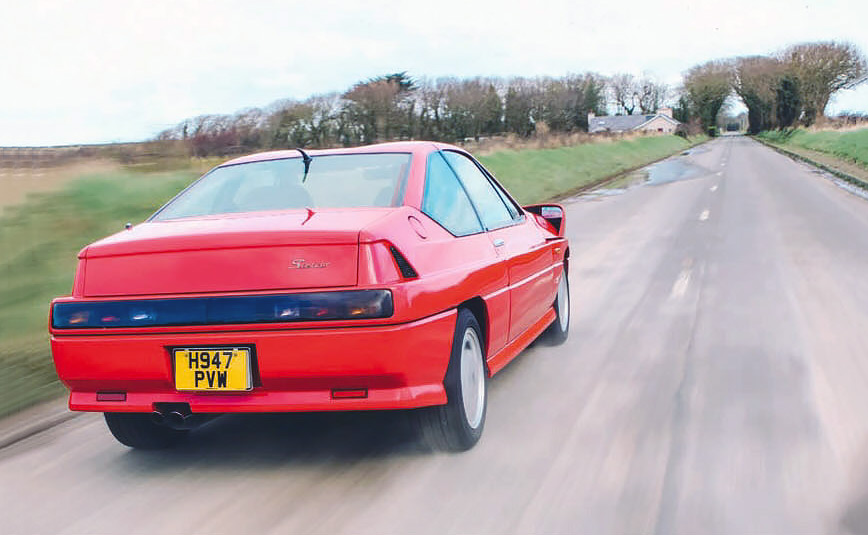
Fire it up, and the 3-litre, double-overhead-cam V6 with its twin Garrett turbos doesn’t exactly bark into life. It’s all very refined. There are no tuner-boy shenanigans here. At least there aren’t until you select Drive and ease off the line.
It’s at this juncture that matters take a turn for the disconcerting. With close on 300bhp on tap, not to mention 296lb ft of torque at 2800rpm, you expect the Stelvio to be quick. What you don’t expect is to be opposite-locking your way out of a car park. Admittedly, damp asphalt doesn’t exactly aid forward progress, nor does the rock-hard home-market rubber, but discovering the bump-stops quite so soon is a first. It’s snort-like-a-pig stuff. You cannot help but laugh when you’re driving this car.
What tends to go unreported when discussing Japanese cars of this era is that manufacturers generally understated power outputs. Massively so, in fact. In that respect, it was almost a mirror-image of the American muscle-car movement of the late 1960s, whereby brake-horsepower figures were massaged downwards so as not to spook insurance companies.
Somehow, you expect the Stelvio to be packing a few more horses than Nissan let on in period, but it isn’t so much that it’s fast – it isn’t that fast – but more the way in which power is delivered that focuses your attention. There’s no linear release of energy here. Off boost, it’s all very manageable. Once the turbos have spooled up, however, it gulps air and hurls itself towards the horizon. There’s a sustained shove, followed by a pronounced whistle when you back off. It is utterly addictive, life-affirming stuff.
According to period performance figures, the Stelvio is capable of 150mph, which doesn’t seem like an outlandish claim. Weighing in at 1540kg, it isn’t the lightest of cars, but you’re unaware of its heft unless you’re lifting the bonnet, which is ludicrously heavy (seriously, it’s almost a two-man job). It feels fleet of foot. Admittedly, the automatic gearbox has to work hard to keep up, but it manages. It’s just that the Nissan isn’t anything like the relaxing mile-eater that its maker intended and, once again, much of that is probably down to the tyres.
Turn in and understeer is never far away. Lift off a smidgen and it washes out further before the turbos wake up and then you’re back on the bump-stops. Remove the standing water and concrete boots, and ignore the paucity of talent on the driver’s part, and you suspect that it would be a different story. By all accounts, and accounts are hard to come by, the Stelvio genuinely is a relaxed cruiser; one that is quick and fun to drive when you want it to be, but not in the least bit taxing when you don’t. One contemporary report even went so far as to describe it as being ‘really planted’ and ‘chuckable’.
The ride quality is certainly better than expected, absorbing the worst of the bumps. Despite this being a hand-crafted car, there are no creaks or groans through the structure. It feels solid. There’s remarkably little wind noise, too. The power steering set-up is nicely weighted, with no more assistance than you need, while the brakes – ventilated discs front and rear – also work commendably well, with plenty of pedal feel. Ironically, however, the car’s signature feature – those huge wing mirrors – are next to useless. It doesn’t matter how much you adjust them from inside the cabin, all you can see are the rear flanks. Or yourself. There is a complete absence of function over form.
But then so much about this car defies belief as much as description. The Stelvio is one big, misshapen contradiction, but it’s a compelling one nonetheless. It’s easy to pelt it with sneers, but that is to rather miss the point. The Stelvio is perfectly imperfect, ugly but endearing and huge fun in an eye-widening sort of way. That trumps rank ordinariness any day of the week.
Thanks to Darren Cunningham and the Isle of Man Motor Museum: 01624 888333; www.isleofmanmotormuseum.com
‘YOU EXPECT THAT THE STELVIO IS PACKING A FEW MORE HORSES THAN NISSAN LET ON’
Zagato designs that did work…
ALFA ROMEO TZ2
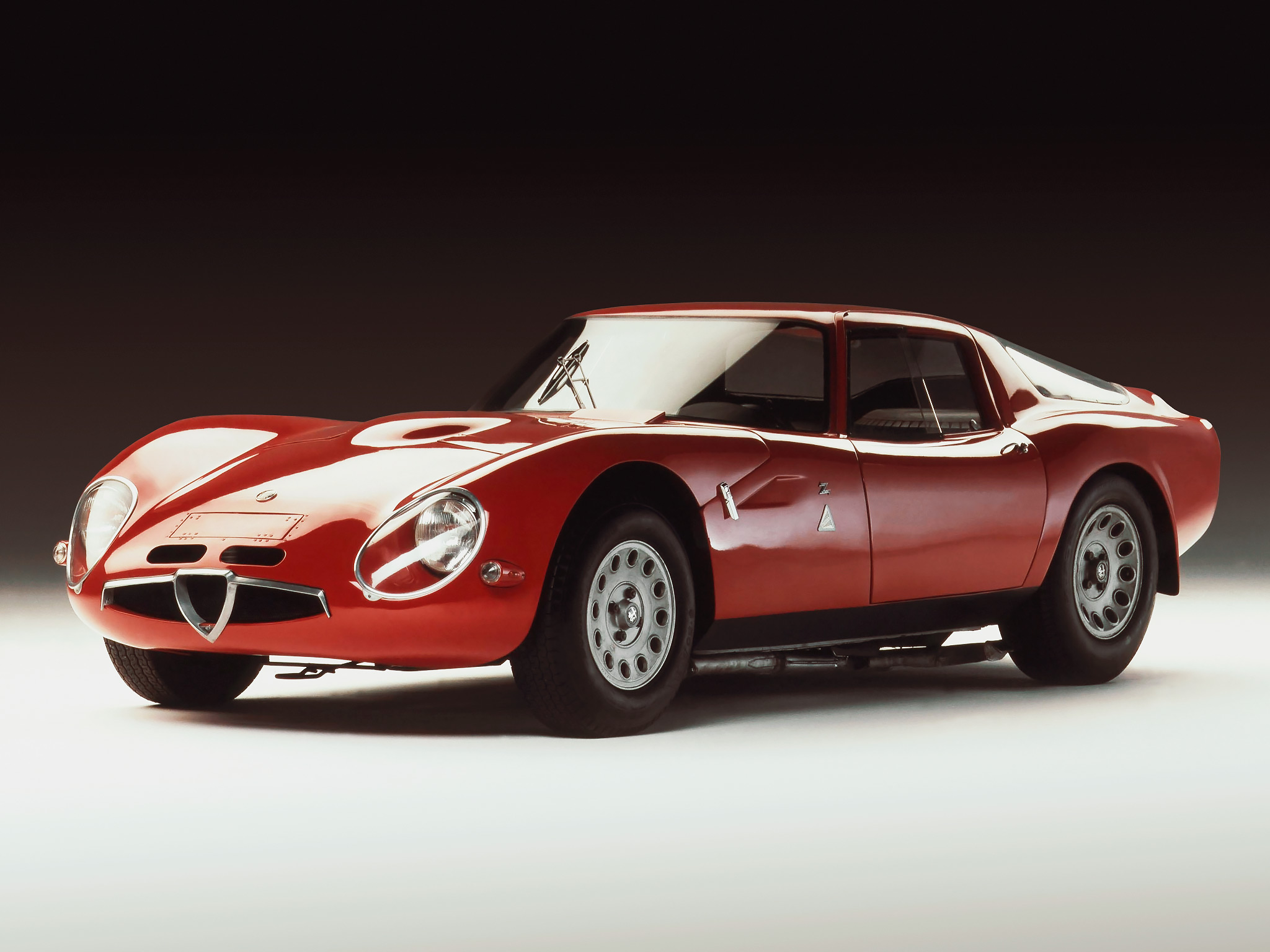
Ercole Spada’s giant-slaying Tubolare Zagato was fielded by Autodelta plus assorted privateers, claiming class wins at Le Mans and elsewhere. In 1965, it made way for the TZ2 (left), which was even prettier.
ASTON MARTIN DB4 GT
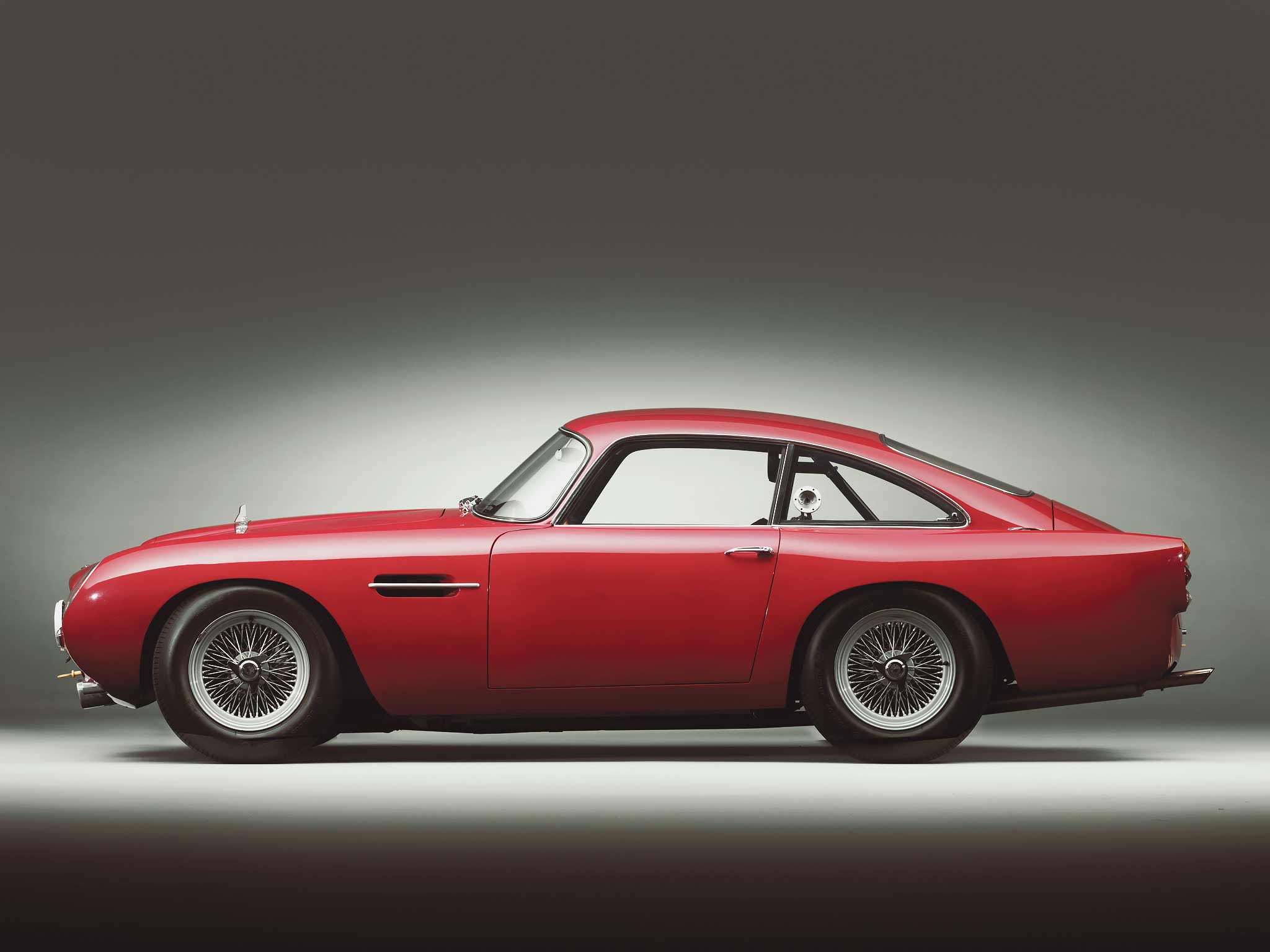
First seen at the 1960 Earls Court Motor Show, the DB4 GT Zagato was another work of genius from Spada, and inspired by an earlier Bristol project. Lighter and more aerodynamic than the standard car, it was raced by the likes of Stirling Moss and Jim Clark.
FIAT-ABARTH 750 ZAGATO
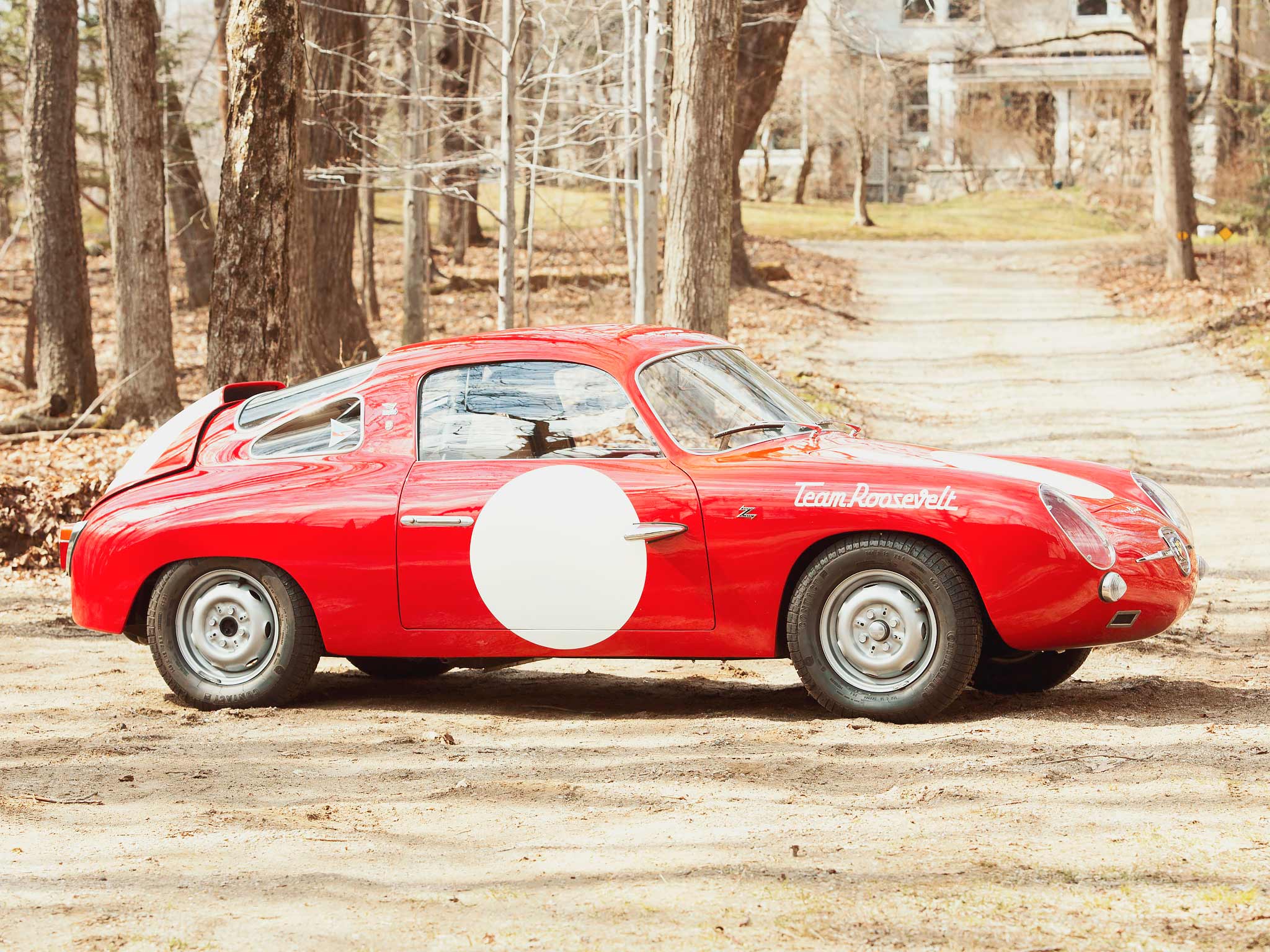
Zagato had a rich history of clothing humble Fiats, the lightweight 750 being unveiled at the Geneva Salon in 1956. Other iterations followed, each one being prettier and more successful on track than the last.
LANCIA FLAMINIA ZAGATO
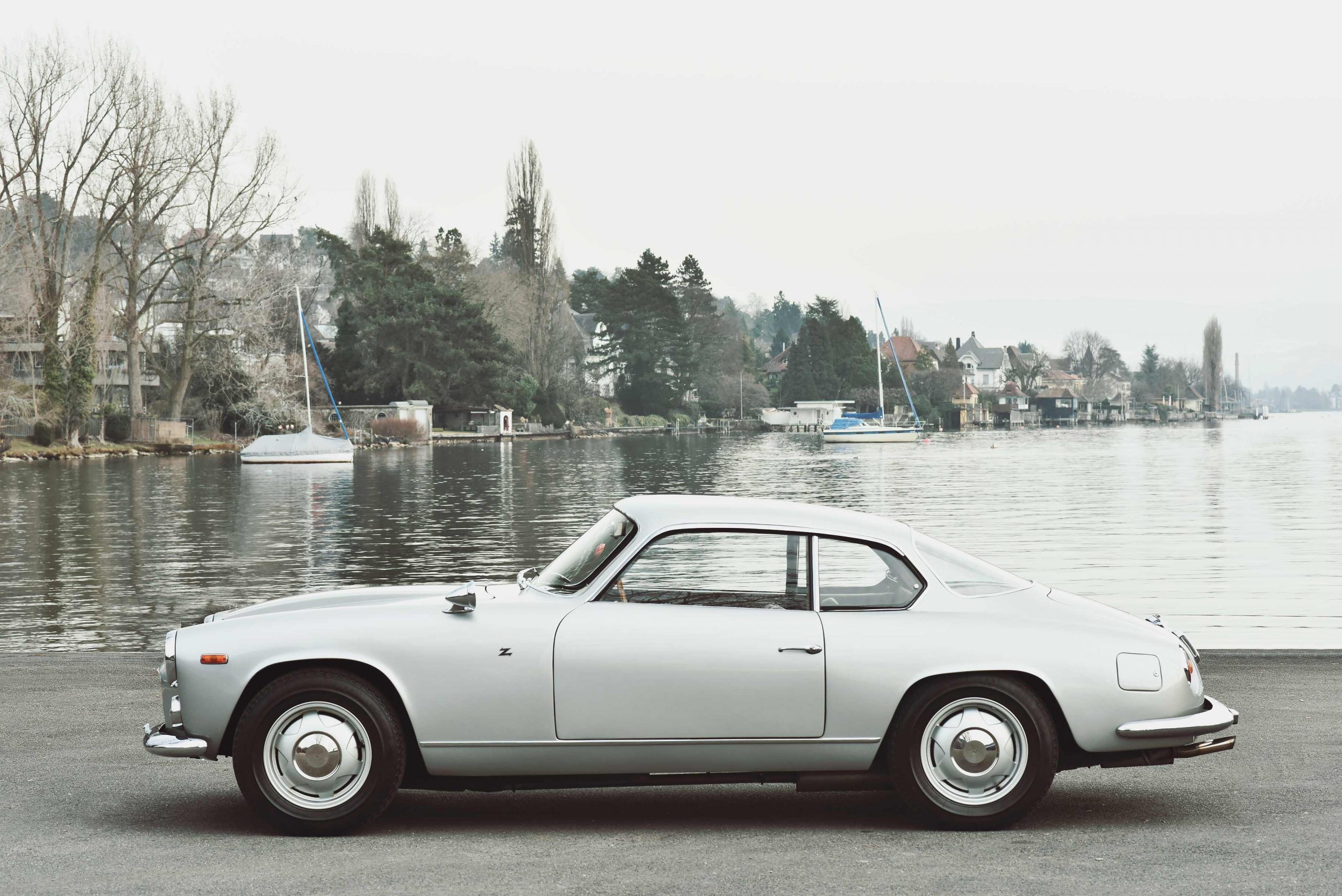
Produced in three incarnations between 1958 and ’1967, the Flaminia Zagato was built to the tune of 526 examples. Top of the tree was the 2.8-litre, 152bhp, 130mph SuperSport, but all were similarly elegant.





